(First upload on April 22 2012. Last on May 14 2021) [ 日本語 | English ]
Mount Usu / Sarobetsu post-mined peatland
From left: Crater basin in 1986 and 2006. Cottongrass / Daylily
HOME > Plant list (植物リスト) > Rosaceae (バラ科) > Prunus × yedoensis
Prunus L. (サクラ)Someiyoshino (ソメイヨシノ, 染井吉野), Yoshino cherryLifeform: deciduous tree < 15 m high Short-lived ≈ 60 years (uncertain), due partly to low tolerance to fungal infection - giant tree (巨木) Utilization/Habitat: gardening, most popular for cherry blossom appreciation in Honshu → gene pollution |
Chromosome number: 2n = 16 Putative parental species → completely vegetative (probably produced in the middle of Edo Era) → distributed widely after Meiji Era
Prunus pendula Maxim. f. ascendens (Makino) Ohwi Synonyms Cerasus × yedoensis (Matsum.) A. V. Vassil. |
|
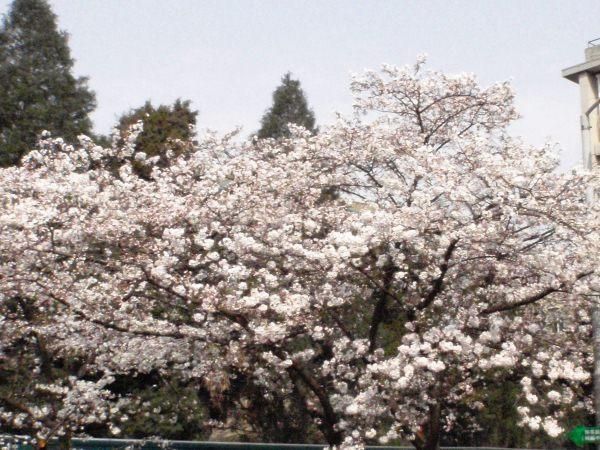 1
1
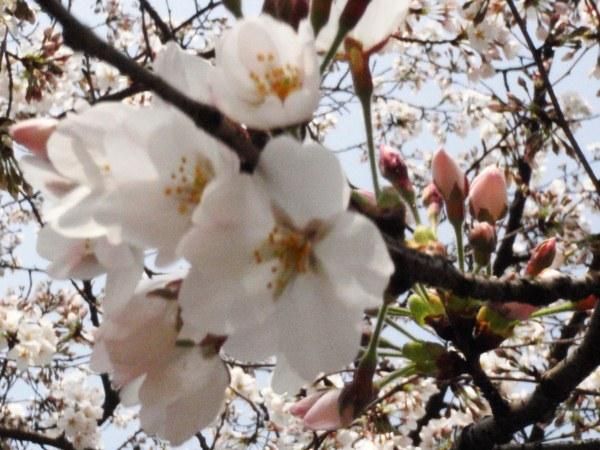 2
2
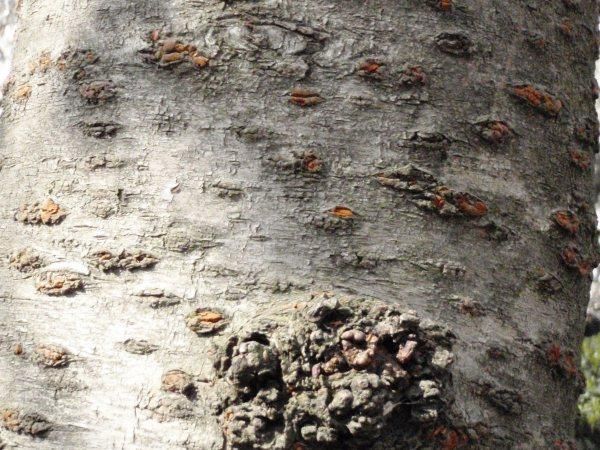 3
3
 4
4
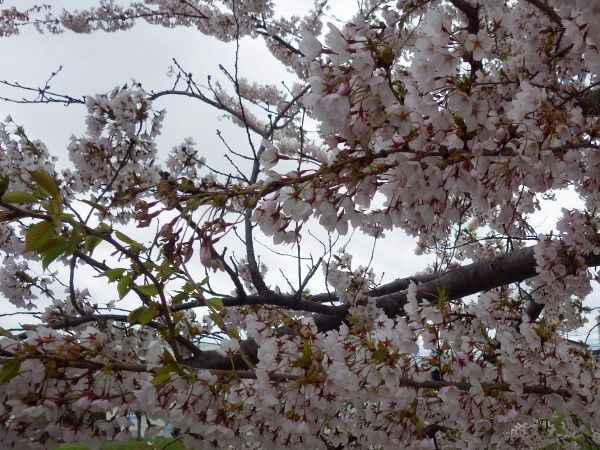 5
5
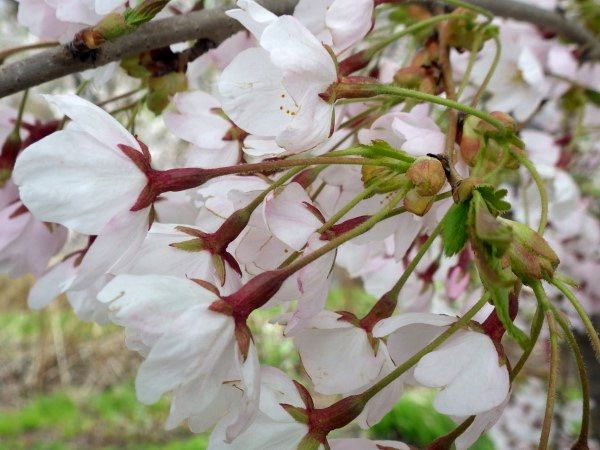 6
6
[1-3] in the campus of Wuhan University (武漢大学), Hubei Province (湖北省), China, on March 28 2012. The most of them were transplanted by the army of Japan in 1938, and for the anniversary of the normalization of diplomatic relations between Japan and China in 1972. [4-6] near Shinkawa Bridge along Shinkawa River, North Ward, Sapporo, on May 1 2021.
|
Flowering: early spring before leaf flushing ⇒ The prediction of cherry blossom date is so important for Japanese, to enjoy therry-viewing parties. specimen trees for observing plant phenoloyg (植物季節観測用標本) P. sargentii is the most popular in HokkaidoHUSTEP: Plants and Plant communities in Japan (flora list) Bark (樹皮)Disease: weak to fungus attack (Taphrina wiesneri, etc.) Equation for predicting the date of cherry blossomy = 8.88 + 5.726(φ - 35°) - 0.162(λ - 135°) + 1.606h
y: flowering date of cherry (1st March = 1) |
 Determinants
Determinants
φ and h → related with temperature |